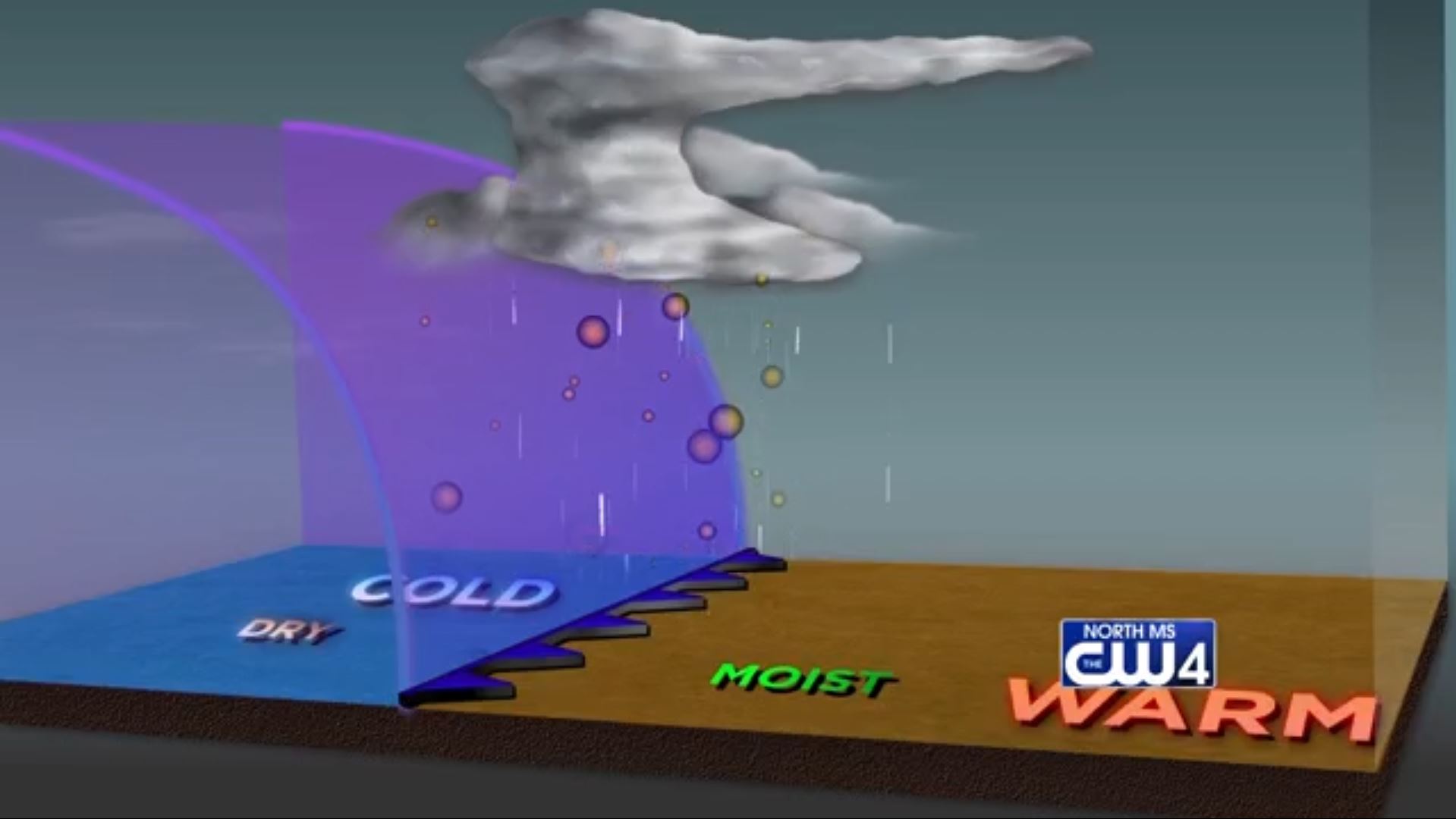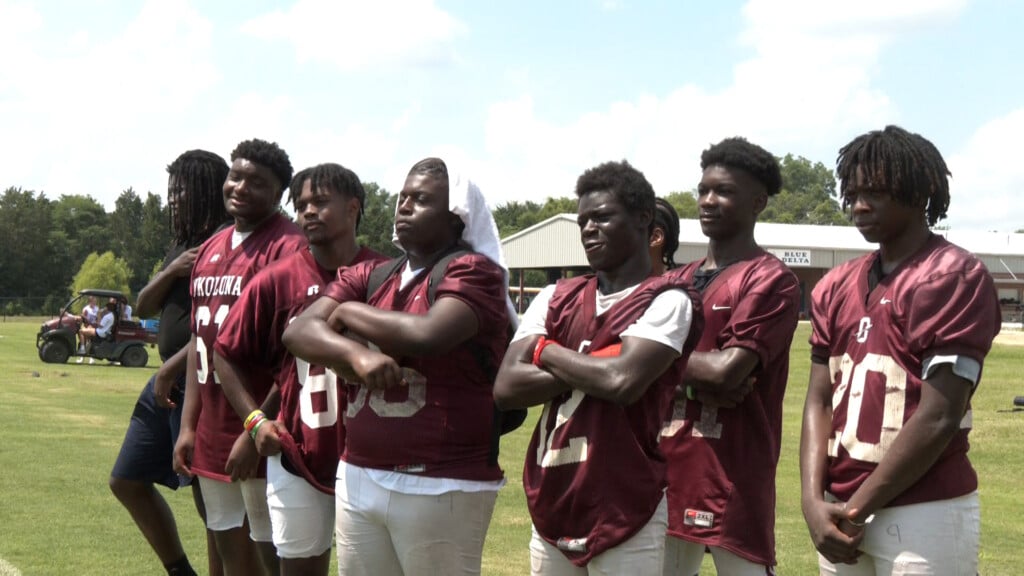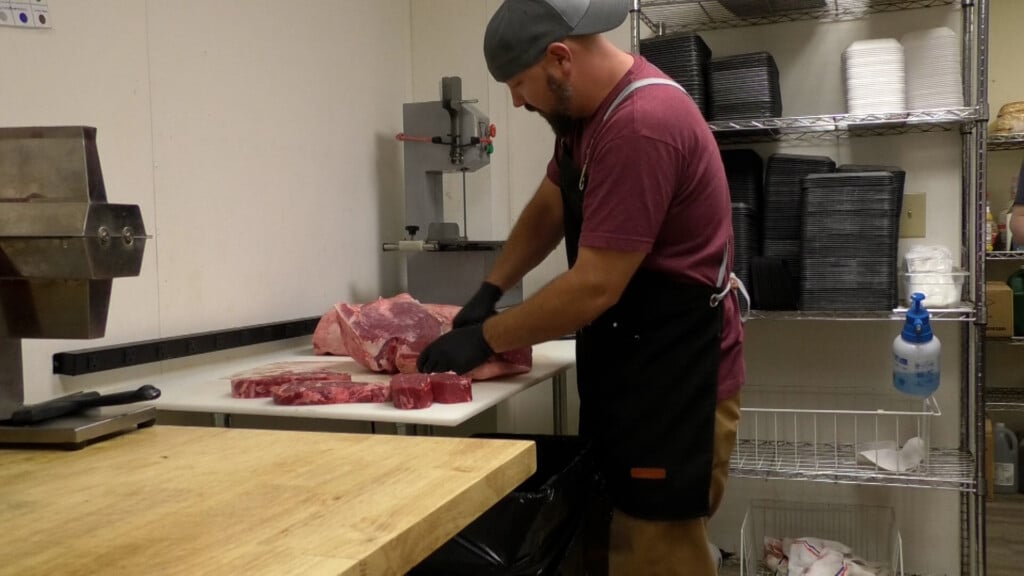WCBI WEATHER WORKS – FRONTS
 Last week we talked about different types of air masses and how fronts are the boundaries between them. There are 4 basic types of fronts, cold fronts, warm fronts, stationary fronts and occluded fronts.
Last week we talked about different types of air masses and how fronts are the boundaries between them. There are 4 basic types of fronts, cold fronts, warm fronts, stationary fronts and occluded fronts.
The front type determined by which type of air is advancing forward. When there is a cold front, that means that cooler, drier air is pushing into an area. These fronts generally create lift in the atmosphere that can provide energy for severe storms ahead of the front. However, behind the front, the weather tends to be fairly calm as higher pressure pushes into the region.
When a warm front moves through, it means that warmer, more humid air is pushing into an area. When warmer, less dense air approaches cooler air, it goes up and over the cooler air which is called overrunning. This tends to result in larger areas of heavy but non-severe rain.
A stationary front occurs when both warm and cold air are trying to push towards each other, creating a stalemate. This generally results in prolonged rain over a region for several hours to even a few days.
An occluded front occurs when one front overtakes another. This results in one air mass getting pinched off from the low. These usually are found near a very mature low pressure system and is often found in the northern US.
With this week’s WCBI weather works, I’m Meteorologist Amanda Reynolds





Leave a Reply